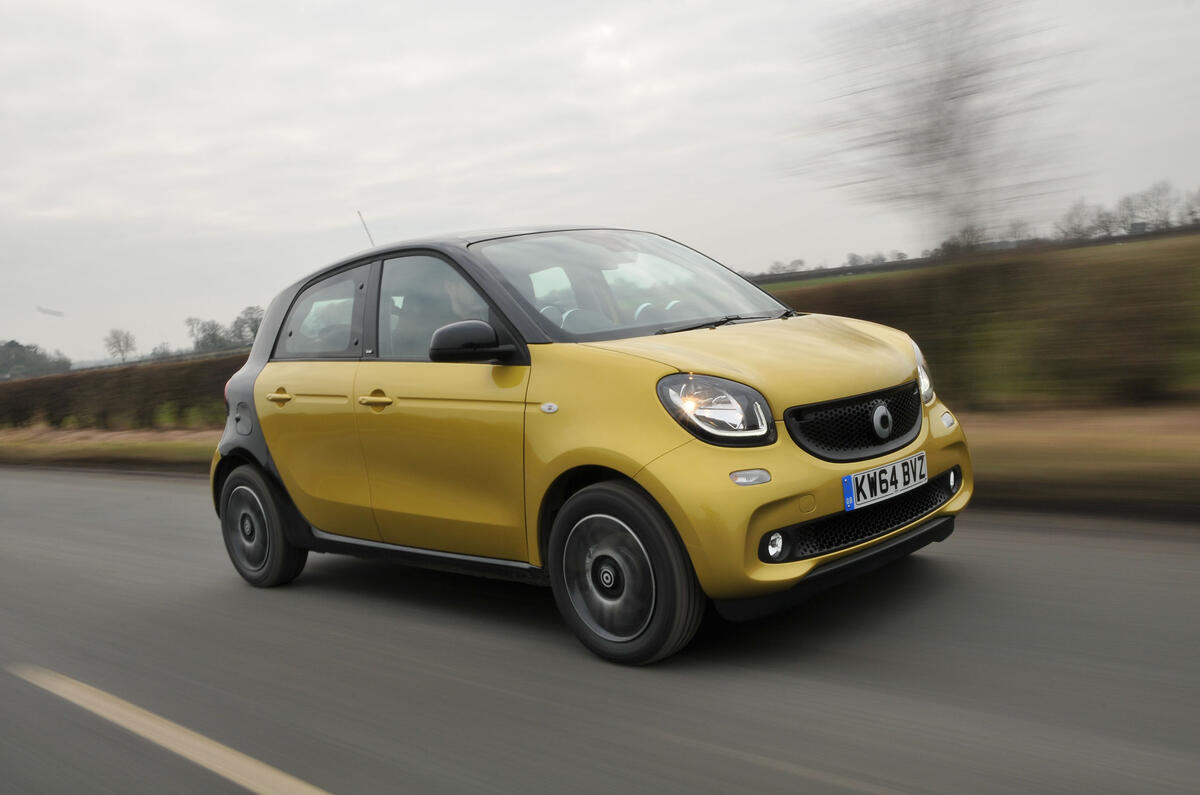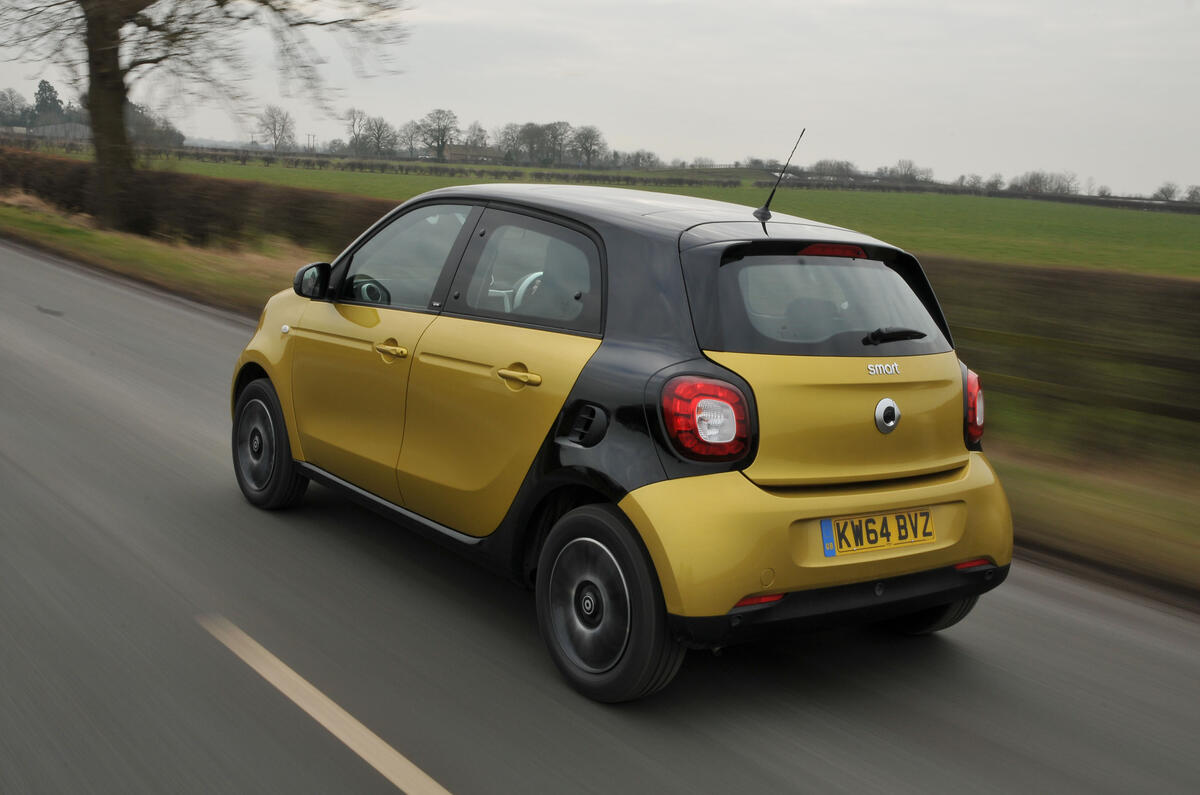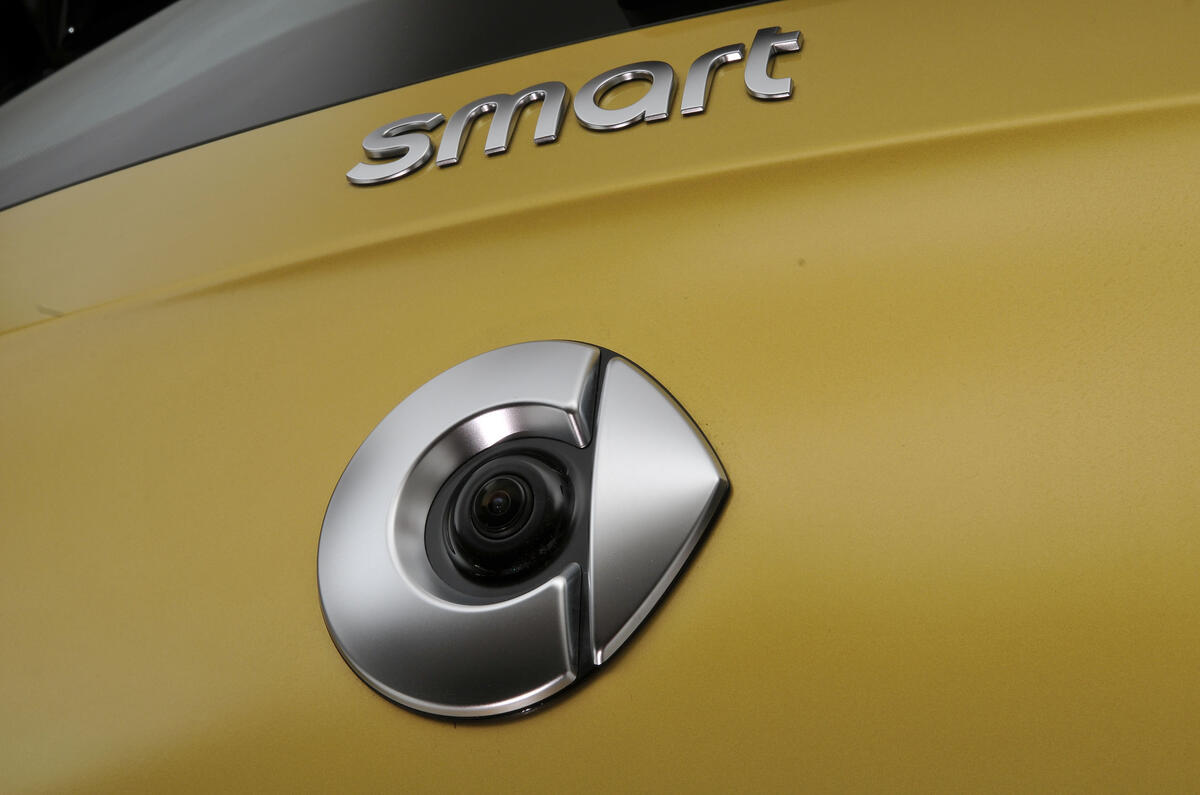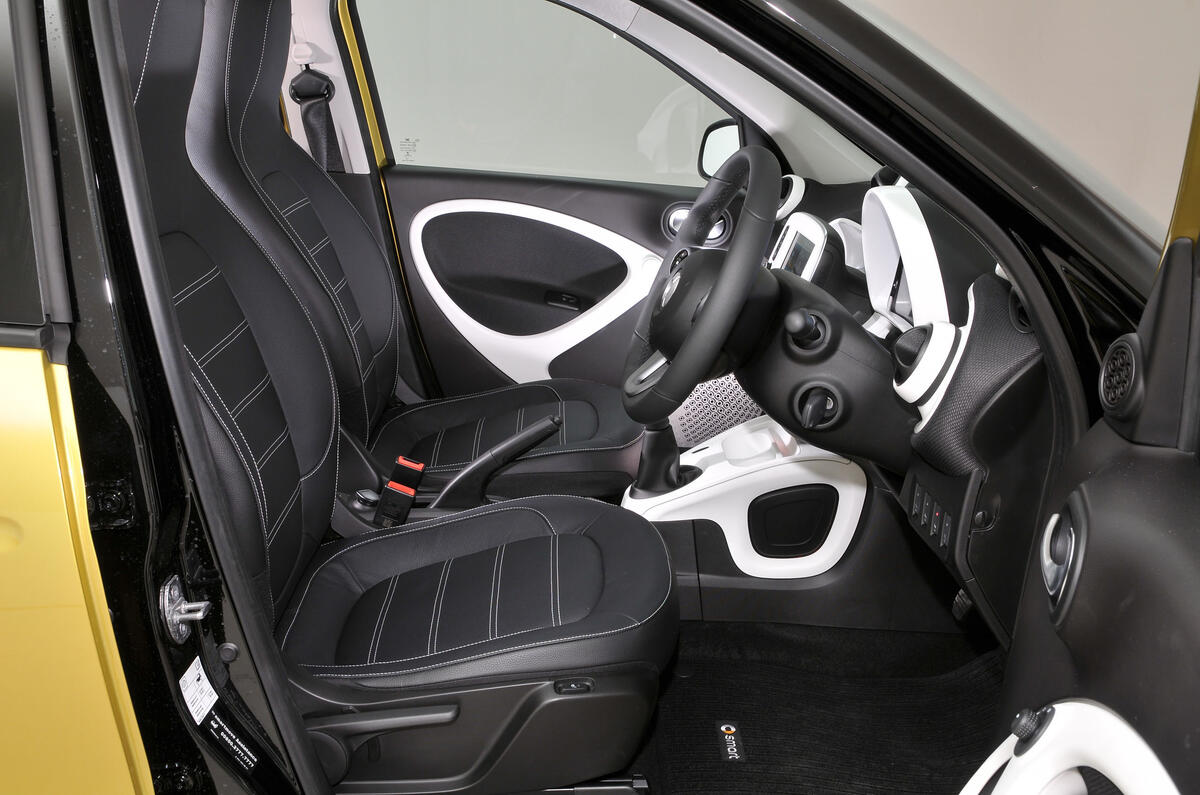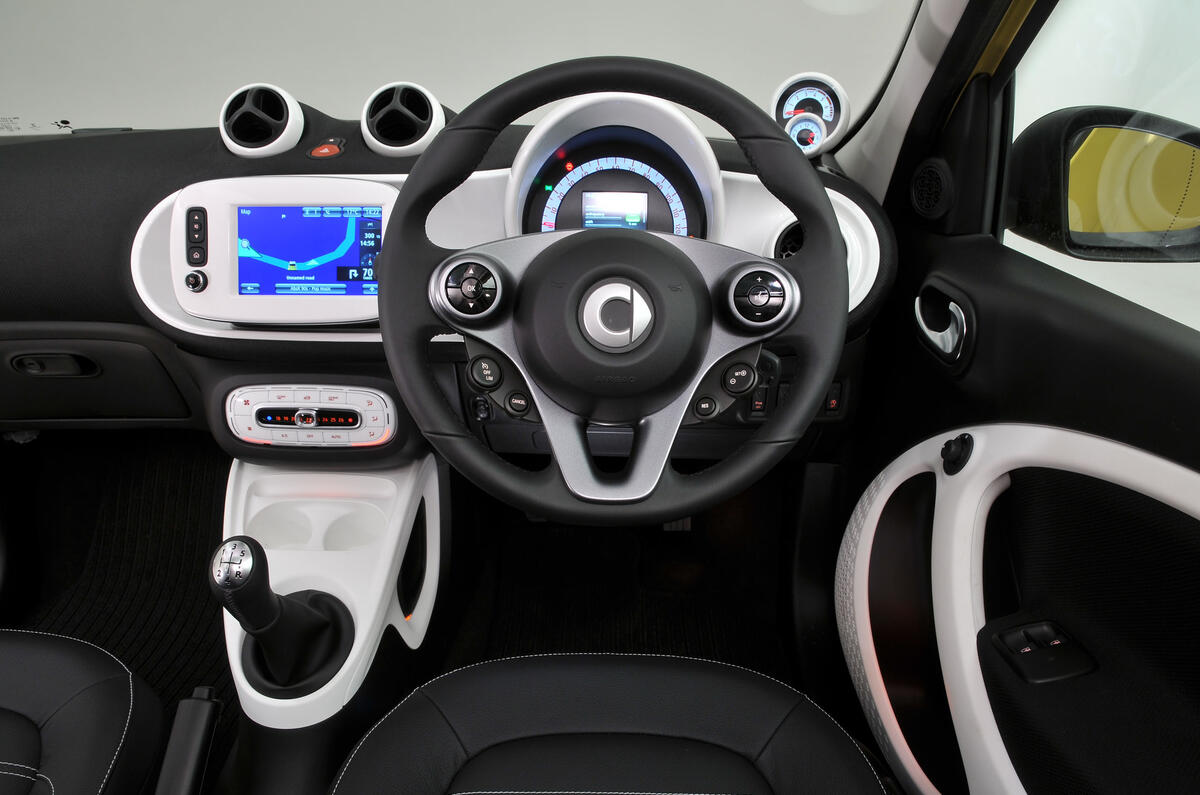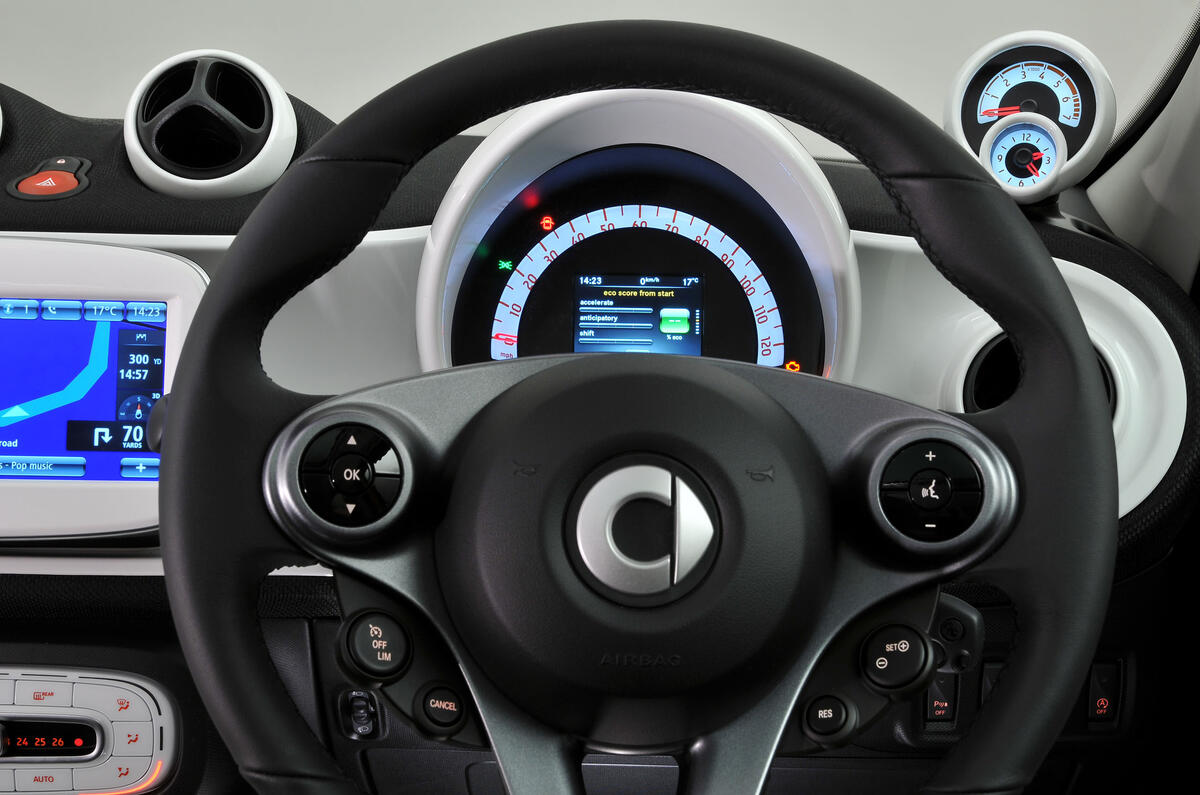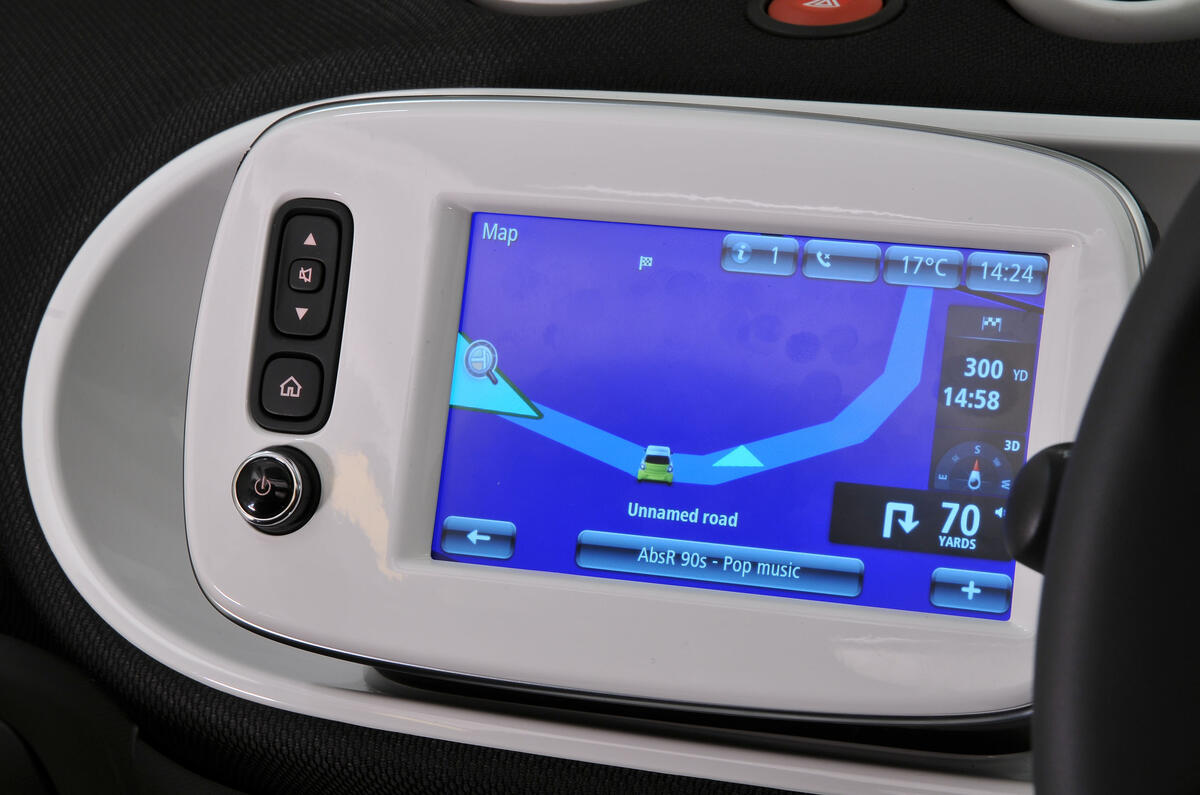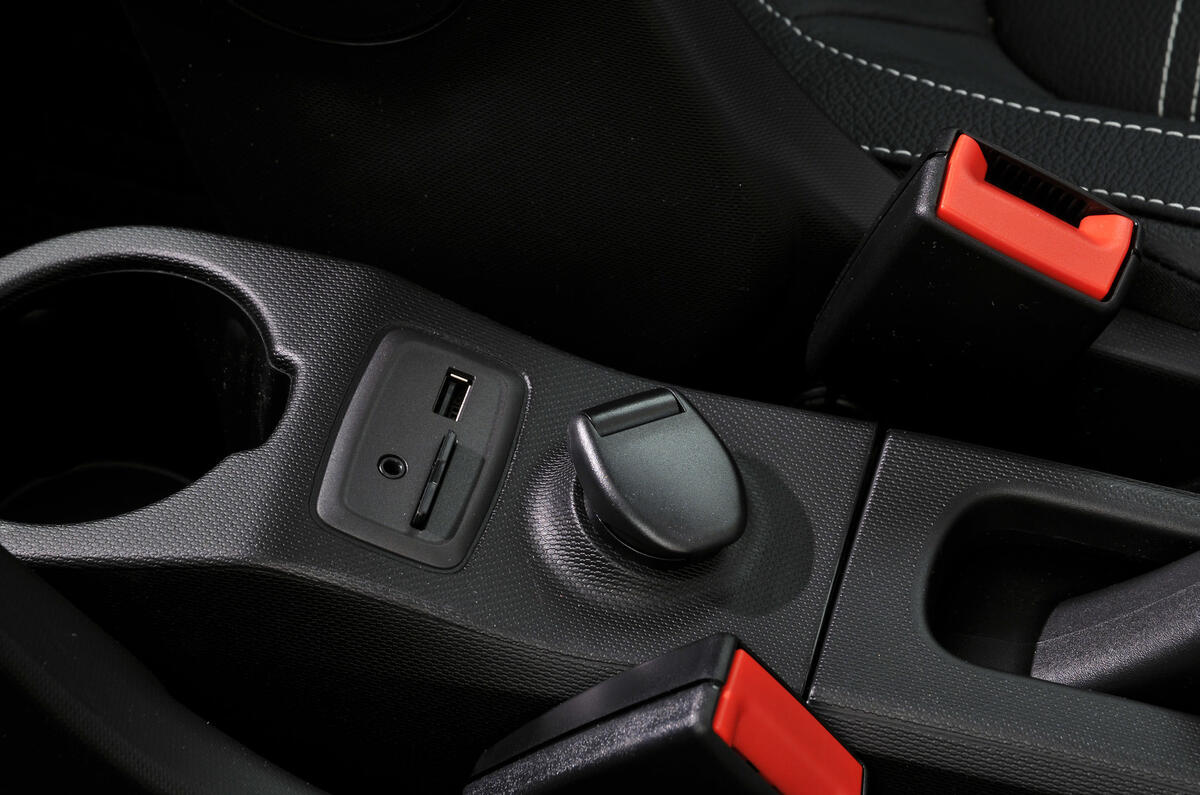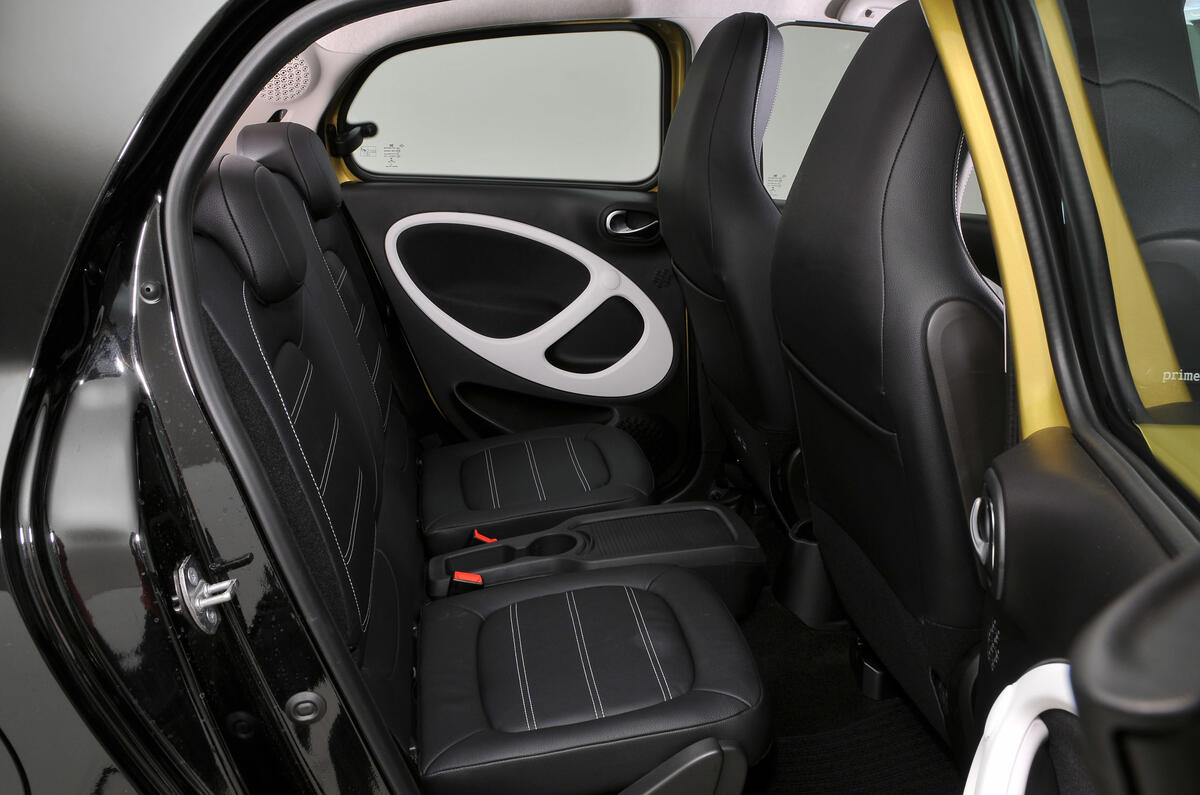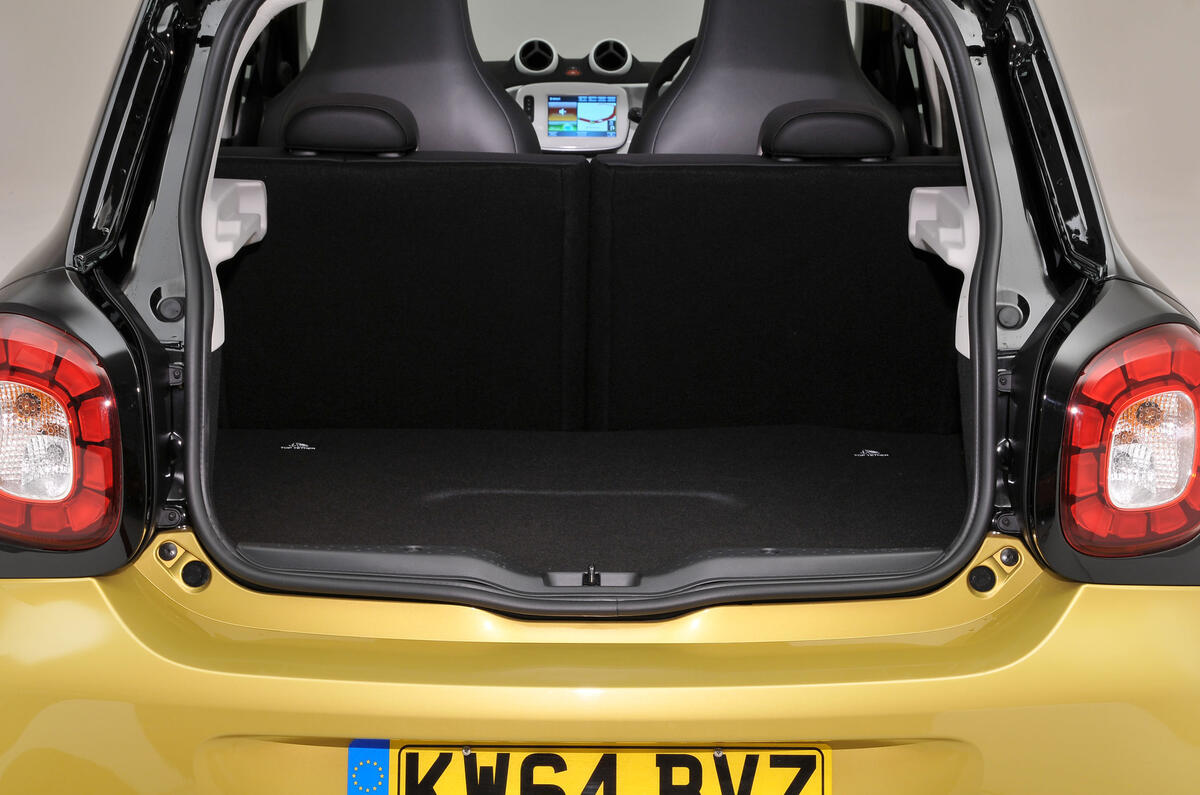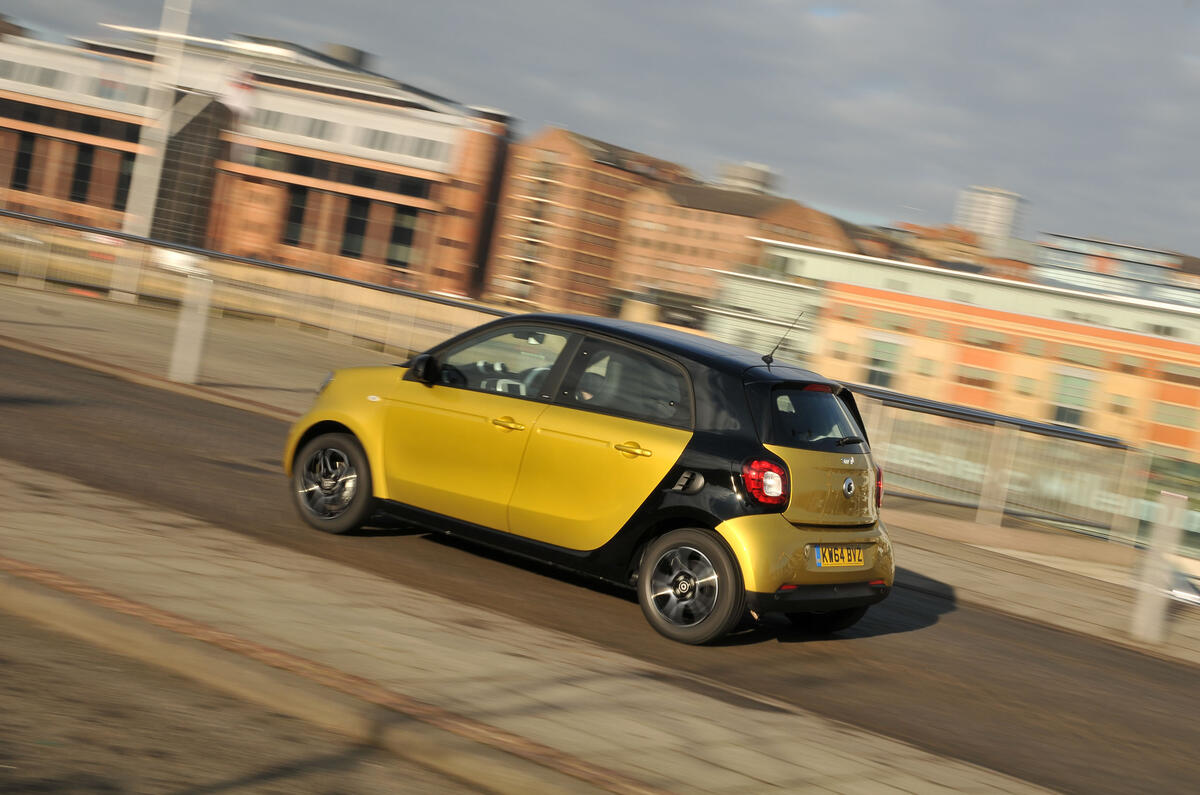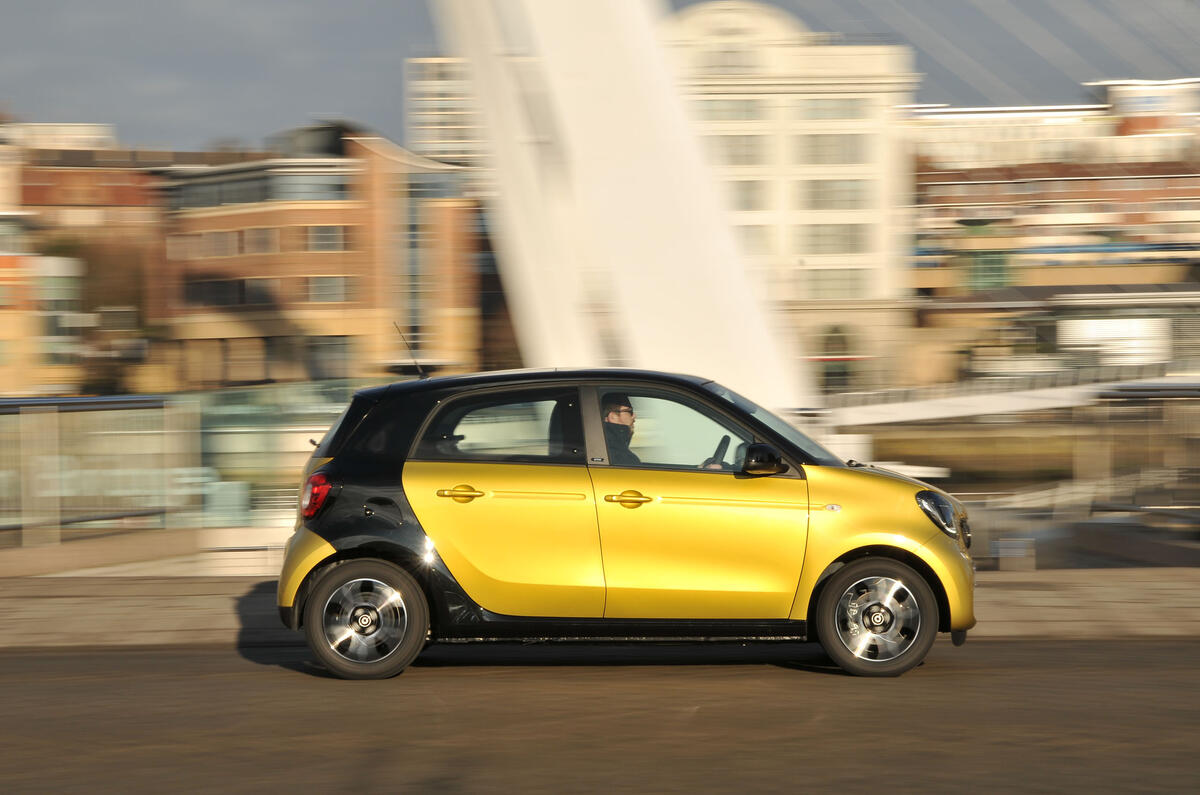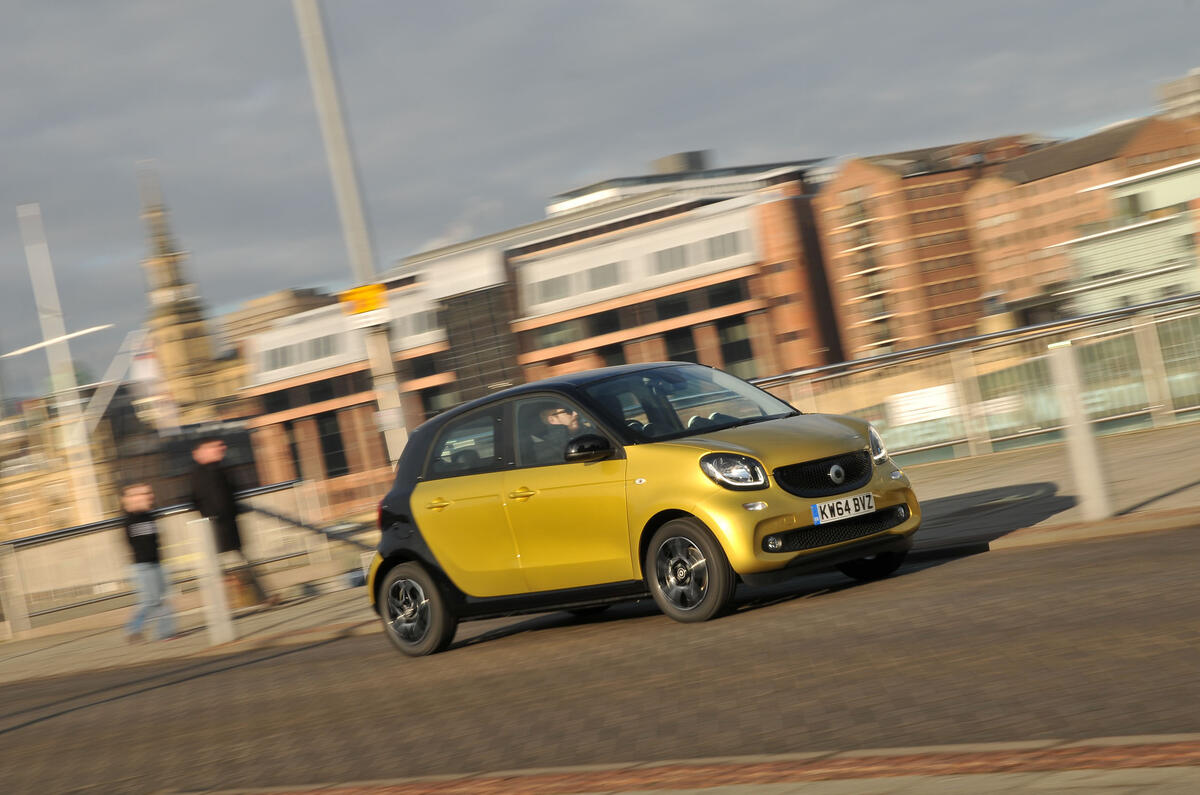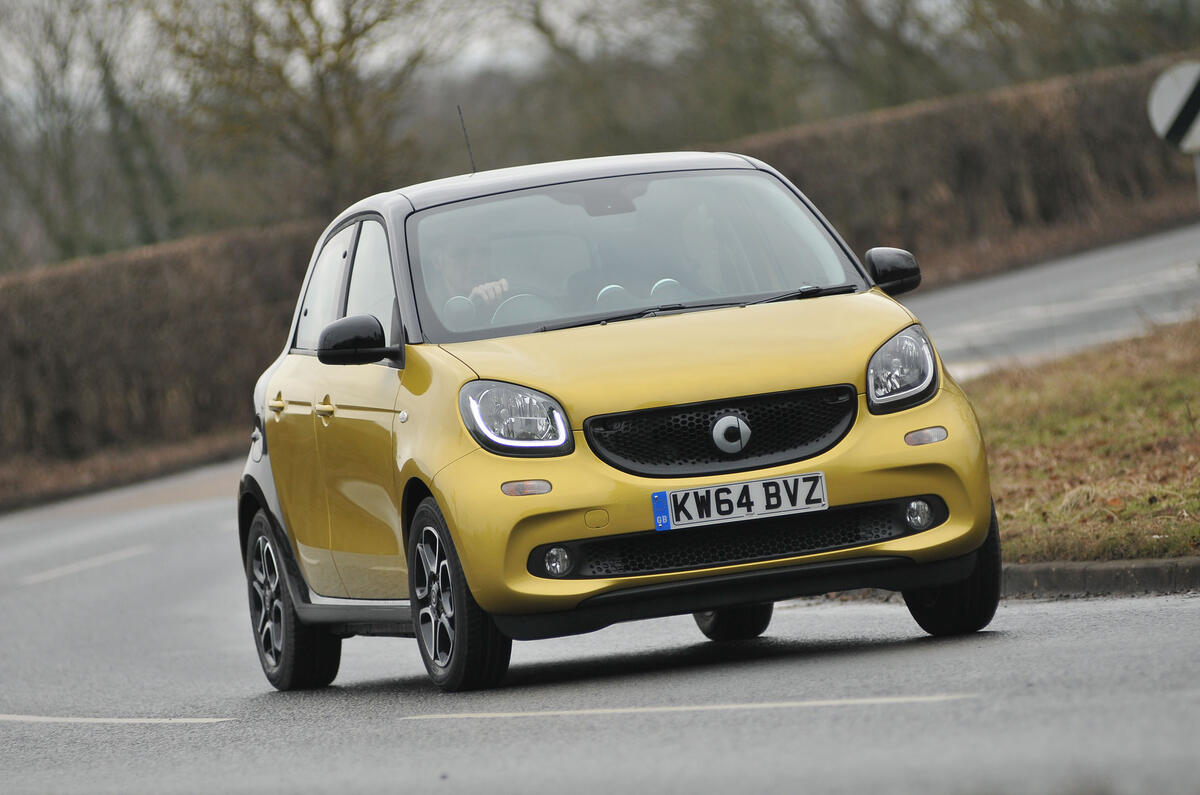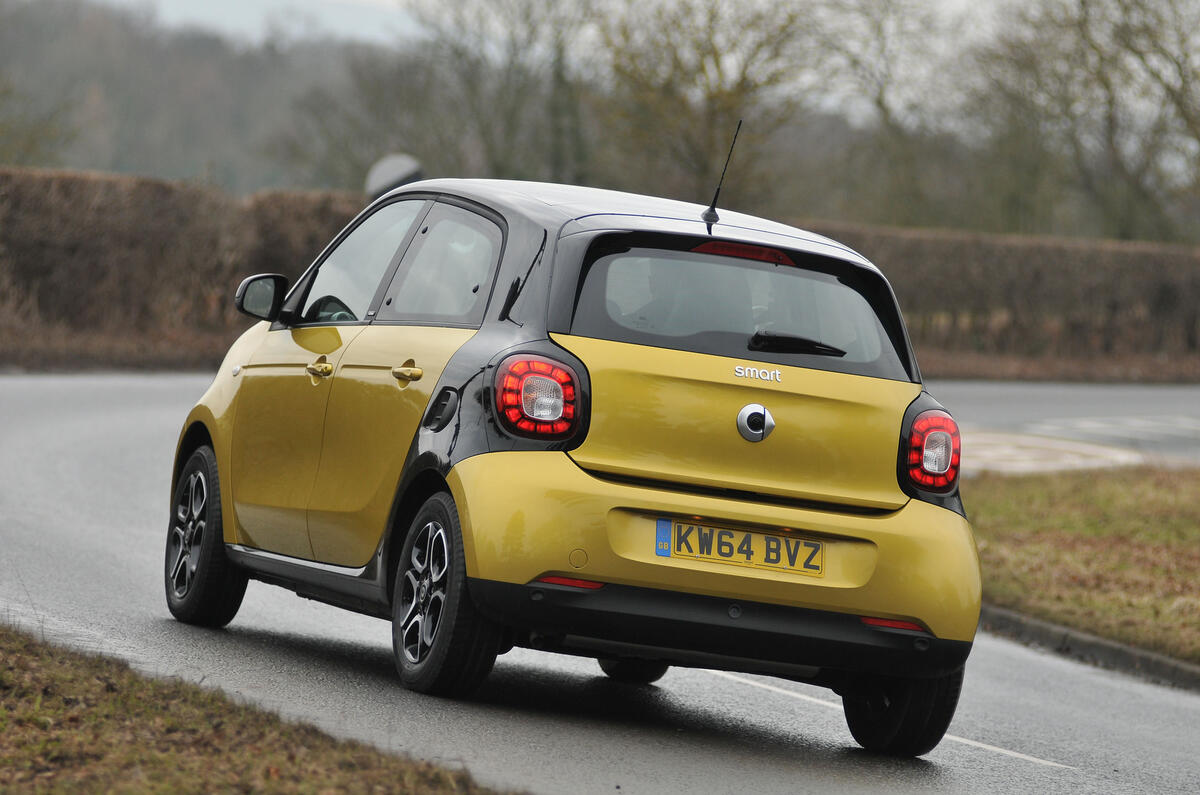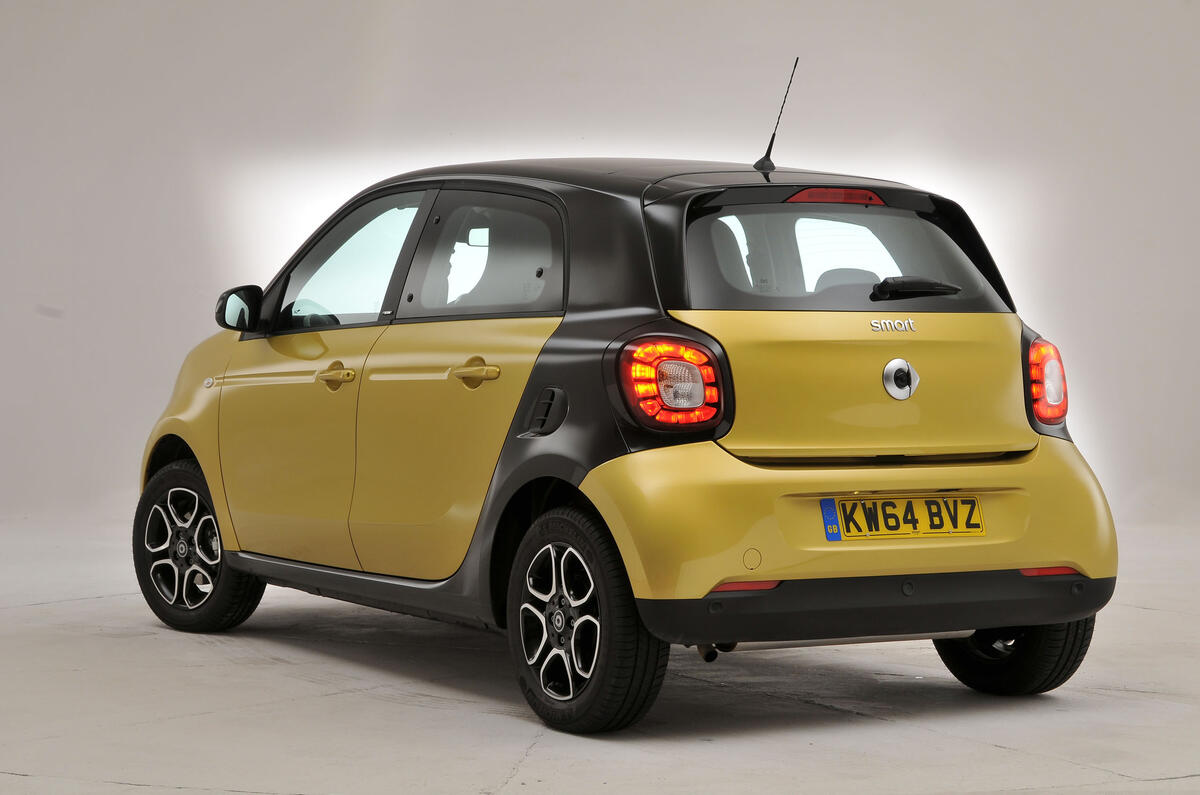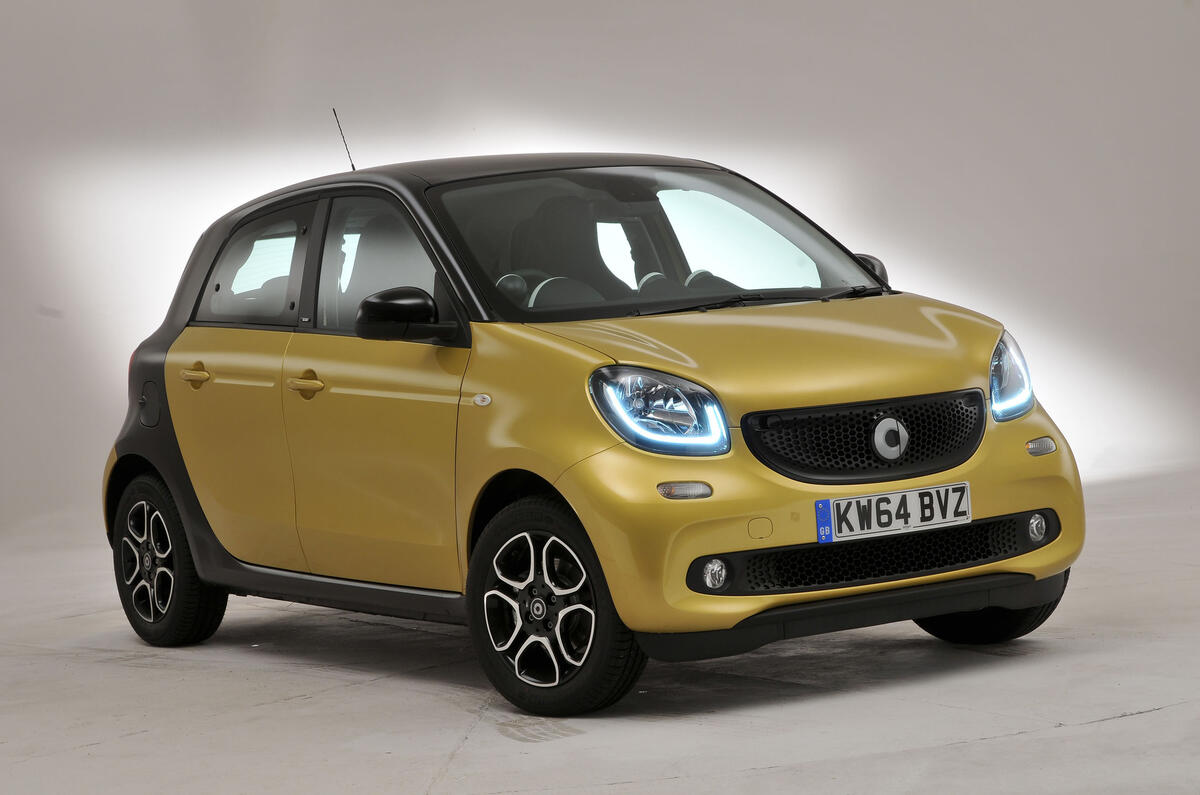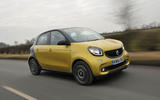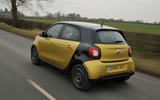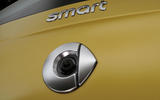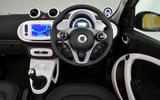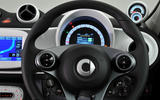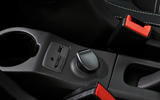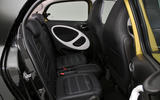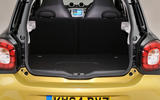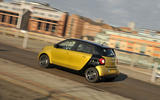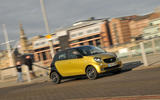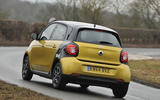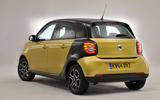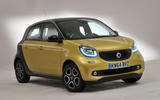This is the reborn second-generation Smart Forfour - a Daimler-fettled sister car of the recently launched Renault Twingo.
It features the same four-seat, rear-engined, rear-drive configuration – the companies collaborated on the platform and running gear of both cars – but the differences elsewhere are marked. They need to be, given that the step up from the entry-level Twingo to the equivalent Forfour is £2125.
Solid justification can be found for most of the price hike by casting your eye over the kit list. Unlike the Twingo, the Forfour comes with a wealth of equipment.
Standard equipment includes luxuries such as climate control, electric windows, Bluetooth, USB connectivity, Crosswind assist, cruise control and hill start assist. There are also four trim levels – Passion, Prime, Prime Sport and Brabus Sport.
Those pining for a Passion-spec model will see their Forfour anointed with 15in alloy wheels and a fabric upholstery, while Prime adds heated front seats, a panoramic sunroof and an iPad cradle for the rear seats.
The mid-range Prime Sport models gains sports suspension, 16in alloys, chrome exhaust and stainless steel pedals, while the Brabus model sees 17in alloys and an aggressive bodykit.
While those craving a more al fresco ride can opt for the Night Sky ForFours, which come with a retractable cloth roof.


